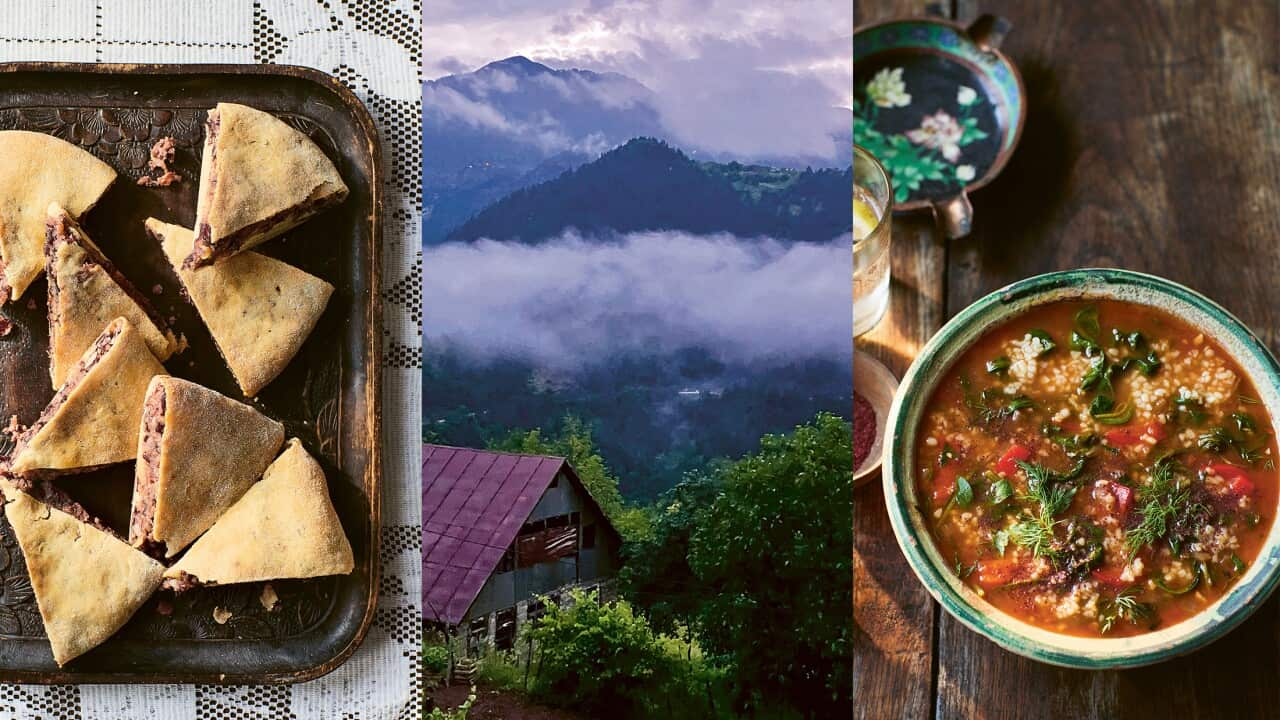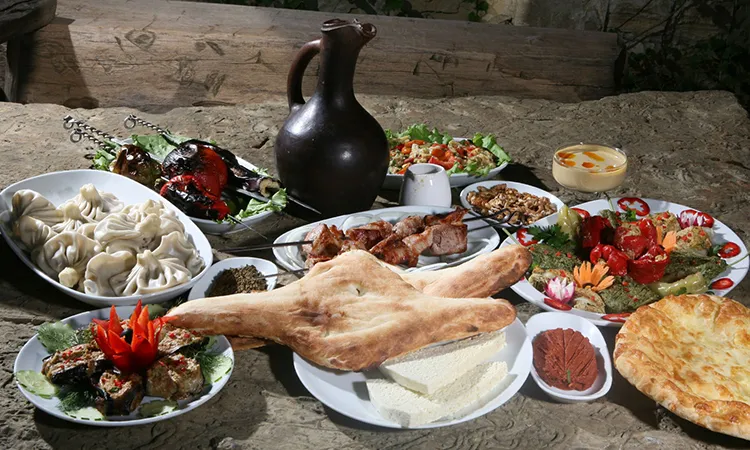I never set out to write a definitive food guide for the Caucasus. Honestly, I just needed to bail. I had just finished the worst contract of my career—six months of pure technical debt and a client that changed the scope every Tuesday. I was fried. I looked at my bank account, looked at the map, and decided I needed a place where the food was cheap, the people were real, and nobody cared about my Jira tickets.

I didn’t book a round trip. I booked a one-way ticket to Yerevan, Armenia. The mission wasn’t tourism; the mission was rehabilitation through gastronomy. I needed to reset my entire system, which had been running on bad coffee and processed snacks for too long. My practice was brutal, but effective.
The Armenian Launch: Prioritizing the Basics
The first thing I did once I landed was skip the fancy capital city spots. I focused on what defines Armenian cuisine: the grill and the harvest. I grabbed the worst-looking rental car I could find—one that looked like it had survived a war—and immediately started hitting the smaller towns outside Yerevan, chasing the smoke signals.
The key practice here was interrogation and triangulation. I would stop at gas stations or small roadside markets, point at something I liked the look of, and then ask the seller where they ate it. If three different people in three different towns recommended the same type of roadside khorovats (barbecue) joint, that was my next stop. I wasn’t after clean tables; I was after authenticity.
- Khorovats Deep Dive: I meticulously documented the difference between pork and lamb, and how the quality of the coal (or dried grape vines) changed the flavor profile. The best spot I found was in a small valley where the guy was cooking whole chunks of meat skewered on thick iron rods, tasting like pure smoke and seasoning.
- The Lavash Lesson: I spent an entire morning watching women bake lavash in a traditional tonir (underground oven). I figured out fast that the stuff sold in the supermarkets is junk. I had to negotiate with the bakers using Russian and aggressive hand gestures just to buy a fresh, still-hot sheet. That’s the real deal.
- Gata and Dolma Analysis: I systematically tasted every version of dolma—the stuffed vegetables. The rule became: if they offer a vegetarian version, politely refuse. You want the one with the fatty beef and rice, slow-cooked in vine leaves.
Armenia was intense. It was meat, bread, and brandy. But after a week of that, I needed a change. It was time to switch countries and culinary philosophies.
The Georgian Phase: Carb Loading for Data Integrity
I took the overnight train to Tbilisi. That train ride alone was an experience, cramped and noisy, but it put me right in the headspace for Georgia’s bustling, chaotic food scene. Georgia is a beast of its own, dominated by two things: cheese and dumplings.

My practice shifted from focusing on meat cuts to mastering starch architecture. I had to nail the differences in Khachapuri. This isn’t just cheese bread; it’s a religious experience, and every region claims supremacy. I developed a tasting schedule that prioritized regional specificity:
- The Adjaruli Hunt: I tracked down the best ‘boat’ Khachapuri (the one with the raw egg and butter) in Batumi on the Black Sea coast. The key? It has to be so fresh the cheese burns your fingers, and the egg yolk must be rich orange. I ate three in one sitting just to compare cheese blends.
- Khinkali Consumption: This was the hardest physical task. These meat dumplings are huge and filling. I practiced the technique—hold the knob, bite a tiny hole, slurp the broth, then eat the rest, leaving the tough knob behind. I didn’t stop until I could identify the quality of the broth inside the dumpling just by the smell. The best spots are always hidden down alleyways near the city centre, often unmarked.
I drove over to the Kakheti region in the east to document the wine-making process. I didn’t care about the fancy vineyards; I wanted to see the small families making wine in qvevri (clay jars buried underground). I learned that if the wine is cloudy and tastes like dirt, you’re probably drinking something amazing.
The Result and The Takeaway
Why did I put myself through this intense consumption and documentation? Because I needed to prove that structure and analysis don’t just apply to coding; they apply to life and food too. I created this guide not from a place of leisurely vacation, but from necessity. When you’re eating Khachapuri twice a day just to confirm the difference between Imeruli and Megruli, you’re not messing around.
This whole journey was me reacting to getting dumped on by the corporate world. I took that analytical frustration and channeled it into finding the absolute best food this region has to offer. This practice recording is pure, vetted, street-level data. Use it to avoid the tourist traps and dive into the stuff that genuinely fills your soul, not just your stomach. It’s the only way to eat in the Caucasus.
